Meridian Audio 101b/104 Tuner/M1 Active Speakers
Introduction
Review
Manuals / Handbooks
Sale Results at
Auction
Links
Introduction
Meridian Audio was established in 1977 by the designers Bob Stuart and Allen
Boothroyd who had made their name with the Lecson (
http://www.lecson.co.uk/faq.html,
http://www.thevintageknob.org/THEVAULT2/LECSON/LECSON.html 1974) and Orpheus
(1975) range of amplifiers.
Bob Stuart has a background of
psychoacoustics and
electronic engineering while Allen Boothroyd's
mechanical engineering and
industrial design expertise resulting in products with a distinct emphasis
on both audio engineering and aesthetic quality. Bob and Allen are the only
design team to have won 3 British Design Awards, and an early product offering
is on permanent display at the Museum of Modern Art in New York.
The first Meridian products consisted of the 101 pre amplifier, 45W 103 power amplifier
and M1 active speakers.
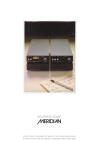 Poster
from 1978 (click to view full size or to save link as).
Poster
from 1978 (click to view full size or to save link as).
The 103 was soon improved with twin separate power
supply in the 103D and then the 100W 105 mono amplifier provided the power
need by hard to drive speakers like the Linn Isobariks. The 105 could also be
used to drive the Isobariks in a tri-amp configuration.
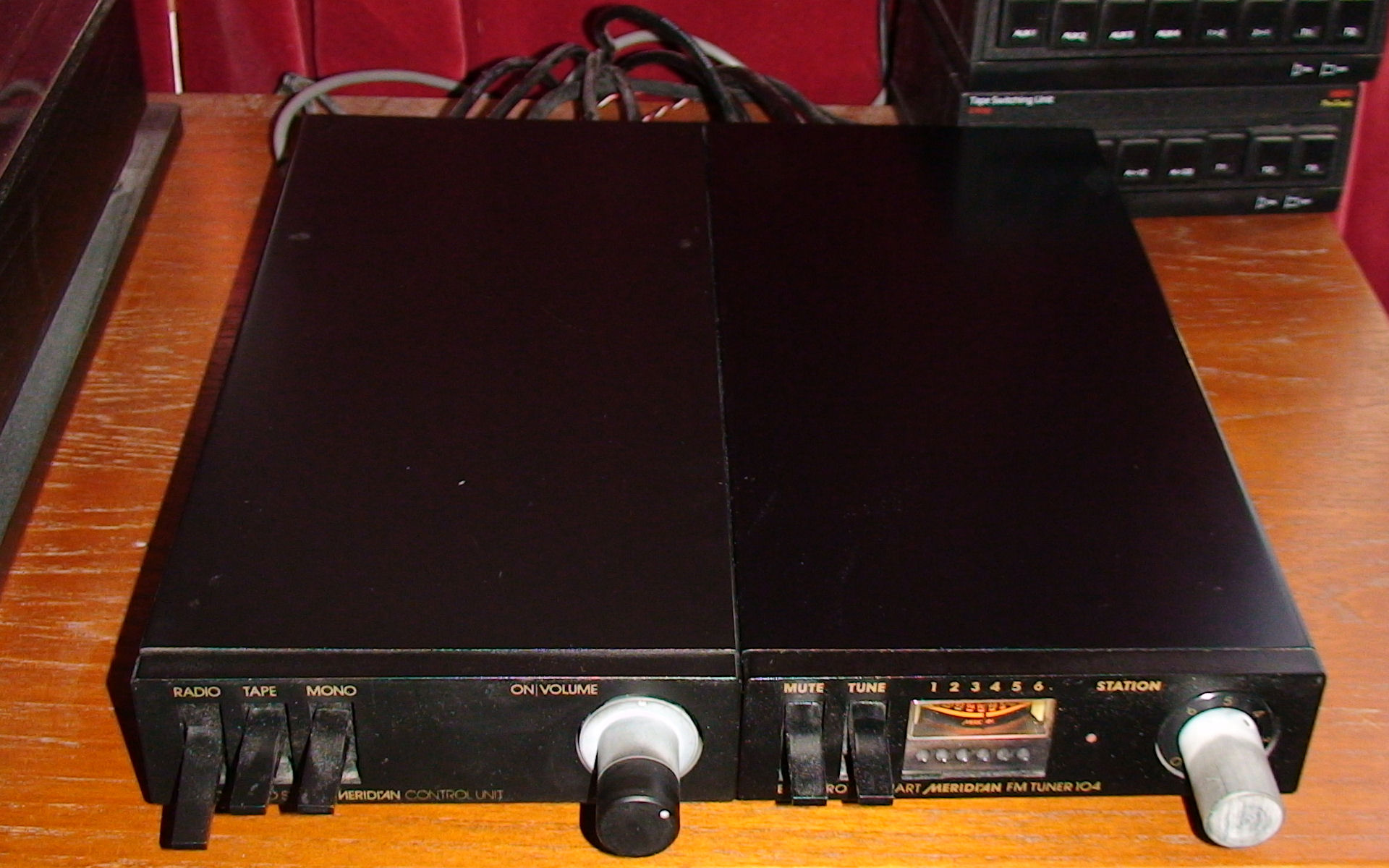
The M1 speakers are active speakers with built in amplifier
with active crossover. The crossover components in an active speaker split
the frequency band of the audio signal into smaller parts (low, high, and
sometimes mid-range), which are then sent to individual speaker drivers designed
to handle those frequencies. Advocates of active speakers believe that an active
speaker system has certain advantages over a passive system due to the fact that
the crossover components, amps, drivers, and speaker enclosures are all
manufactured with one another in mind.
Review
In 1978, having purchase a hi-fi system for my parents in 1974
and upgrades regularly there after, I set out to acquire a system of my own. I
read all the magazines, the articles, reviews and attended hi-fi shows. My
first system consisted of a
Cambridge Audio P60 amplifier, a matching T55 tuner, a
Transcriptor Skeleton turntable with vestigial arm, an AKG P7E cartridge and a
pair of JR149 speakers which roughly divided the budget three ways. Whilst none
of these components were bad they were not performing together as well as they
could. The Transcriptor could have performed better with a Ortofon VM30 cartridge
or a Decca London. The point system to suspend the record reduced static but
lack the bass so a GA glass mat was added.
I visited several Hi-fi shops. Graham's Hi-fi suggested I
bring along my equipment and arranged a one to one comparison with what they
suggested would make improvements. The first to be eliminated was the turntable
with the Linn and a competent but cheap cartridge easily out performing the
Transcriptor. It was then proved that the Cambridge Audio P60 did match the renown A&R P60 but
drove Kef 101 and 104 much better than they did the JR149s. The JR149s where then
powered by a Meridian 101 and 105 mono power amplifiers, the source being the
Linn Sondek LP12D. This proved to be a dream combination and the only time the JR149
sang to their best until the Meridian G55 arrived in 2009. The point was made
and after being suspended in the lift for 30 minutes whilst calls of help got
assistance to winch the lift back to floor level I returned home to investigate
further.
KJ Electronics allowed me to set up and rematch turntables,
amplifiers and speakers provided there where no other customers wishing to be
served. I freely switched between the leading cult manufacturers of Naim and
Meridian (amplifiers) , Meridian and Linn (speakers), SME, Grace, Hadcock arms,
Grado, Ortofon and Stanton cartridges and a range of turntables including Dunlop
Systemdek II, Thorens TD150, Mitchell's, Gale and direct drive decks from
Technics and JBL. I even used some seriously expensive equipment, several times
my annual salary.
It took many Saturdays to satisfy myself, with my own records,
which system combination I liked best. The consensus was to match Naim to Linn
Isobarik speakers with an all Linn source. In some ways I agreed, but on a wider
range of music the Meridian M1 gave the impact and punch that I felt the more
laid back and controlled Naim-Linn did not. None of my friends or relatives
could hear any improvements or if they did could not justify the cost over the
budget Pioneer LP12D or the Transciptor Skeleton.
The Linn Isobariks speakers could be triamped with Naim or
Meridian power amplifiers (that would be three pairs of 105 or 6 little boxes). The Meridian M1 speakers are active, a novel idea at
the time, but I became a firm fan. For me this proved the right choice.
The Meridian M1 keep their balance even at a whisper sound level and after
living with them for 30 years I have heard as good, but never better and nothing
to make me feel the interest to upgrade.
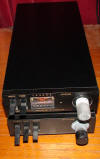 I first purchased the LP12D (£340) with the Asak cartridge
(£184) and Ittok tone arm (£230) in 1981. Lacking the funds to get an amplifier
with a moving coil input it was a while before the Meridian 101 (£192)
followed and that was upgraded to 101B mod. Then the Meridian M1 active speakers
arrived. The deal with the shop was that if I purchased all components from them
they would refund the cost of the cartridge. I also established with them and
Meridian that the cost of the M1 speakers would not rise during the following
few weeks, otherwise I would have gotten a bank loan. When I got my order through the
speakers where considerably more, £1510. I had not realised, as no one told me,
that these where the Mark II versions but the shop and manufacturer agreed in
response to my letters to split the difference between them. Thus I got a pair
of Mark II M1 at the old price. The final component was the Meridian 104
FM Tuners, £225.
I first purchased the LP12D (£340) with the Asak cartridge
(£184) and Ittok tone arm (£230) in 1981. Lacking the funds to get an amplifier
with a moving coil input it was a while before the Meridian 101 (£192)
followed and that was upgraded to 101B mod. Then the Meridian M1 active speakers
arrived. The deal with the shop was that if I purchased all components from them
they would refund the cost of the cartridge. I also established with them and
Meridian that the cost of the M1 speakers would not rise during the following
few weeks, otherwise I would have gotten a bank loan. When I got my order through the
speakers where considerably more, £1510. I had not realised, as no one told me,
that these where the Mark II versions but the shop and manufacturer agreed in
response to my letters to split the difference between them. Thus I got a pair
of Mark II M1 at the old price. The final component was the Meridian 104
FM Tuners, £225.
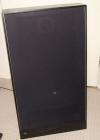
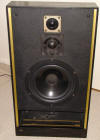
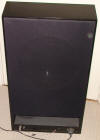
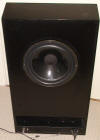 click on thumbnails to see full size.
click on thumbnails to see full size.
In 1991 I returned to Graham's Hi-fi and took my Linn
Sondek for an upgrade. After less than a minute listening to the latest Sondek,
Ekos and Troika I determined that the upgrade would be worth while. The best
deal was for Graham's to purchase my Linn and supply, for the odd couple of
grand extra, a complete new black ash Linn Sondek.
Although I am sure the later upgrades would make an improvement and I might even
be able to appreciate that improvement the higher cost is less justified over
the purchase of more music, which after all is why I have a hi-fi system at all.
The quality is such that I am not bothered if I can get better or not. Much of
the time the music is back ground and when I want to sit down and listen
seriously it delivers.
The Audio Files, in Cambridge serviced the Linn in 2008 at a
modest cost and a replacement belt assures me of good service for years to come.
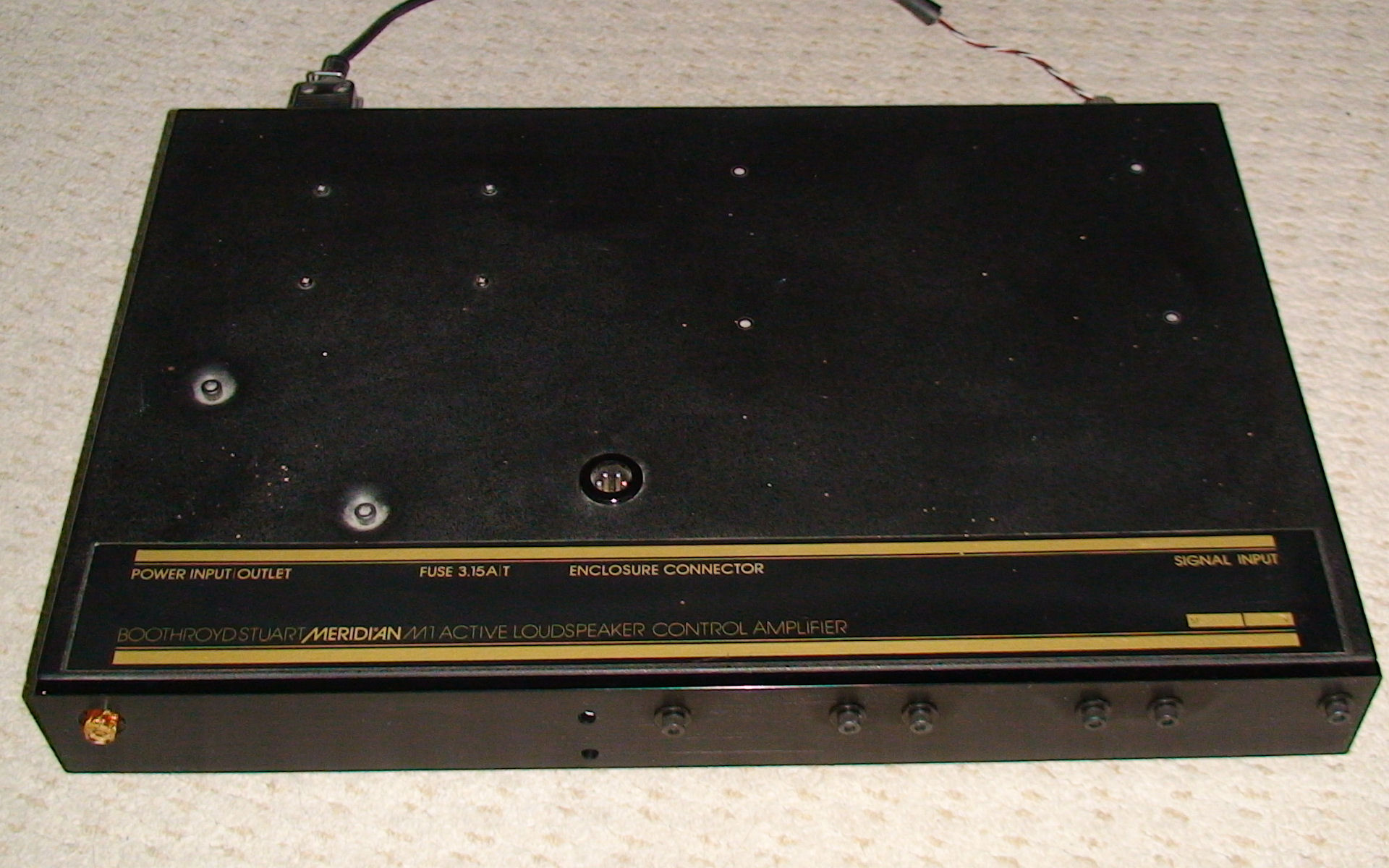


The Meridian M1 power amplifiers have
been returned to Meridian in Huntingdon a couple of time to repair faults. For
something that has moved home six times and been used every evening for several
hours continuously, most of the week end and sometimes for 40 hours at a time the reliability
has been first rate.
The 101B/104 are so compact and
minimalist that you forget about them. The B mod made a big improvement in sound
quality from the Linn Sondek and also replaced the DIN socket with RCA phono
leads.
The 104 FM tuner has been cited as the
weak link and not even recommended to match the 101 or 101/103/105 system. Certainly it needs a stronger signal than the Uher EG740
FM/MW tuner and lacking a tuning dial the six presets do seem limiting in a
world where even then there where 20 or 30 useful stations to be found on the
dial. With an adequate roof top aerial the 104 proves to be reliable and
enjoyable source of high quality music and radio dramas.
The 101 provides inputs for turntable,
radio and tape. This minimalist approach covered the basics but along came CD
players and it was not unusual to use more than one cassette or tape deck. The
passive QED expansion units provided the luxury of expanding both the tuner and
tape connections. The 104 then shared connection with a Uher EG740 FM/MW tuner, Sony
D-350 portable CD player and a television. The Uher CR240 was replaced by a Uher
CR160 and then the input and output shared with several video recorders and
later a Sony WM-D6C professional walkman.
The M1 speakers remained dominant in the
living room, even after the acquisition of a 34" Sony CRT television and a
decade later a 47" LCD LED monitor.
Even
before reaching full volume the speakers can move the hairs on your legs and
vibrate the floorboards and stairs. The large cones move a lot of air. The power
is there but does not need to be used. Even at low volume levels the balance and
bass comes through. In spite of their size they are speakers that can be lived
with, as I have for 30 years, and ignored in the living space.
At
full volume they often cut out at just below the threshold of pain, the instant
silence seeming like a slap around the head. Few albums do this, and the Linn
may have difficulty playing those that do like the cannons in the 1812 Overture.
Digital sources do not have this constraint. At these volume levels you can not
stay close to the speakers for long and the neighbours down the street may
complain that they can't hear themselves think. Many speakers at high volumes
become tiring. With the M1s it is easy to have the volume level much higher than
you need as there is no strain in the system and they do not become tiring.
At a hi-fi show I listened to the newly
release M2 speakers. These had been under development for sometime and where the
pride of Bob Stuart. Being near the front of the demonstration I was asked what
I thought of the speakers. I said that I liked them but they where not as good
as the speaker that I was using. This displeased the questioner who then asked
what speakers I had. "M1s" I replied. One of the show assistance told me after
that I had been talking to Bob Stuart. A few years later I was told, by the same
Meridian employee that the M2 where designed to improve on the M1 but also
to make the cabinets easier to built at the quality needed. The cabinet maker
for the M1 had retired and it was proving difficult to get someone to replace
his unique skills.
I virtually gave up the hi-fi upgrade
obsession. I have considered all the subsequent Meridian equipment and the
ranges of CD and digital equipment from Linn, Naim and others but not finding
anything lacking in the equipment I had no incentive to make a change.
I 1983 I purchased an ex-demo MCA unit
direct from Meridian, added the matching tuner, to power the pair of JR149 speakers and
JR super woofer that I previously purchased for my parents. The MCA may have a
better moving coil input and being expandable allows for more connecting
equipment but also seems to mean that it is less reliable and had several visits
back to the factory for repair. The modest 30W amplifier is adequate for a range
of speakers. Reviews have since suggested the moving coil module was the best
ever made by Meridian who concentrated on a complete digital system from source
to DSP speakers.
In 2009 I acquired the use of a G55 five
channel power amplifier to experiment with surround sound sound 5.1 using three
pairs (5 speakers) JR149 and one channel of the M1 as sub woofer. Impressive as
it this is, and so good that it does not make me want to immediately switch back
to the M1 I still do when switching back to stereo sources.
One M1 amplifier developed a pop at random times throughout
the day. Having the G55 and finally the 5+1 speakers - with the arrival of a B&W
PV1 - for it I decided to see if this problem could be fixed. The MCA was
already in for repairs as it had yet again stopped working when I took away some
of the component modules. Using the G55 16 hours a day for a month (it's first
real use in a year) saw it smoke and one channel burn out. The temperamental MCA
can't be repaired and the faithful M1 power amplifier can't be
either due to the lack of components and Meridian will not look at them to
service although they accept delivery via a dealer! Something to bare
in mind about any piece of electronics more than a few years old. Fortunately
there are engineers out there who continue to repair top range models and
support customers to keep their equipment as good or even better than when
originally sold. One such company is Highview Video
( http://highviewvideo.co.uk ). Stephen Bright repaired the MCA and M1 amplifiers.
The 200, 500 and 800 ranges from Meridian
I always found confusing; never really sure what components I would need.
I had thought of upgrading when DABs radio was available, but the low quality of
DABs and it's weak signal in the area means that FM remains superior. Also Freeview and Freesat provide
all but a few stations found on DAB and use more efficient compression at a
higher bit rate. The costs have also risen per component and the expectation of
finding living space for 6 large speakers such as the 5000 or 7000 series rules
them out. So I remained in the world surrounded by
the equipment I have grown older with.
click on thumbnails to see full size
M101 pre-amplifier


M104 FM Tuner
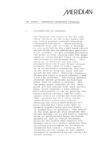
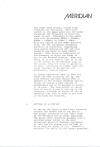
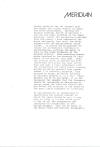
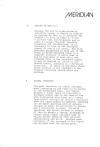
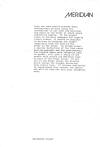
M1 Active Speakers
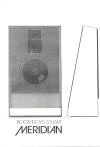
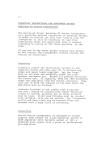
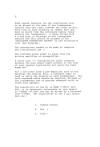
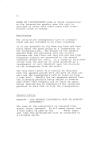
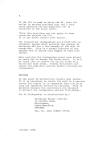
Sale Results at
auction
eBay
LINKS
http://www.meridian.co.uk/
http://www.meridian-audio.info/showman.php?manid=1
http://en.wikipedia.org/wiki/Meridian_Audio,_Ltd.
Last updated 15th May 2014
 Poster
from 1978 (click to view full size or to save link as).
Poster
from 1978 (click to view full size or to save link as).















